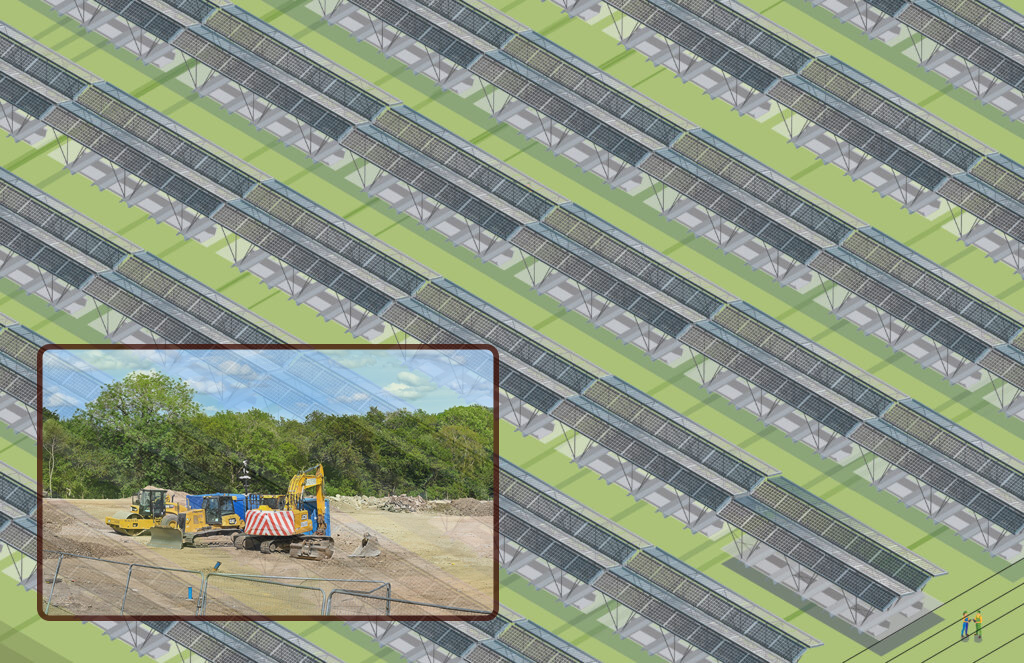
Brownfields to Brightfields
SunFarmor generators avoid the high costs of deploying solar on land that can’t be disturbed. Owners of our country’s 450,000 brownfields can redevelop brownfields and landfills as solar “brightfields” to generate new sources of profit while supporting a clean economy. EPCs can dramatically improve their throughput to deliver a lower Total Cost of Ownership.

Develop New Revenue
With IRA incentives,
landowners can turn dormant land into a revenue generator. Since EPCs assemble SunFarmor generators from domestic steel, the 30% tax credit increases to 40%. Brownfield owners will turn cash flow positive after the first year and earn ROIs above 18 percent.

Boost Income in Energy Communities
The IRA provides an additional 10% tax credit bonus for solar and projects sited on brownfields in Energy Communities formerly supported by coal, oil, or gas energy generation or processing. The IRA provides a 20% tax credit bonus for brownfield projects benefitting low-income or Tribal communities.

Support Clean Economy
Up until October 2021, the US EPA tracked 459 solar projects built on brownfields. The Agency screened an additional 190,000 brownfields that promise to be compelling investments while contributing to a clean economy.
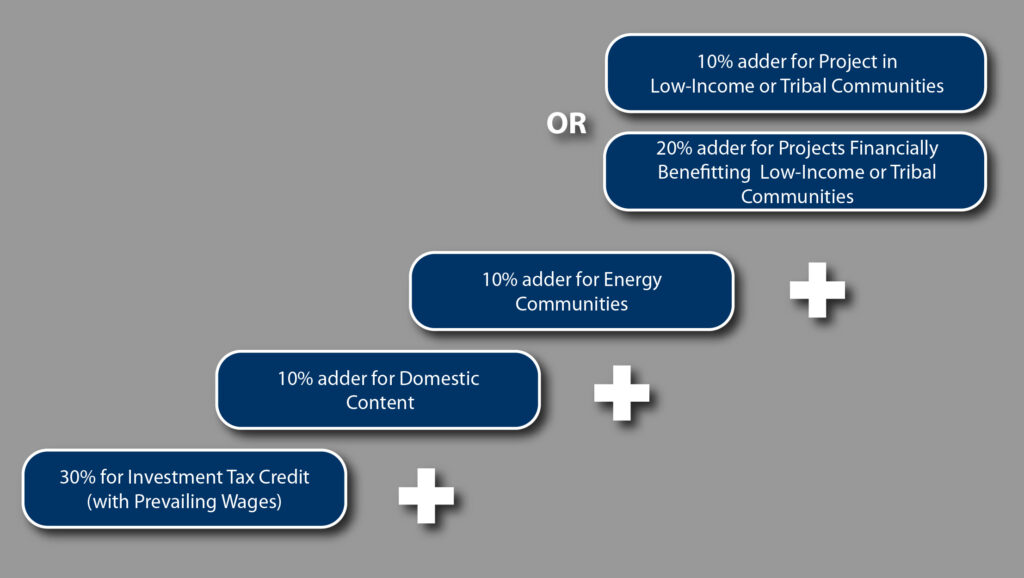
Precision Ballasting
If required to combat wind uplift, telehandlers can install supplemental ballast in the runners of SunFarmor generators. Crews can precisely add a cost-effective amount of ballast at the perimeter of a field of SunFarmor generators, which experience the highest velocity winds, to reduce costs.
Potential Generation
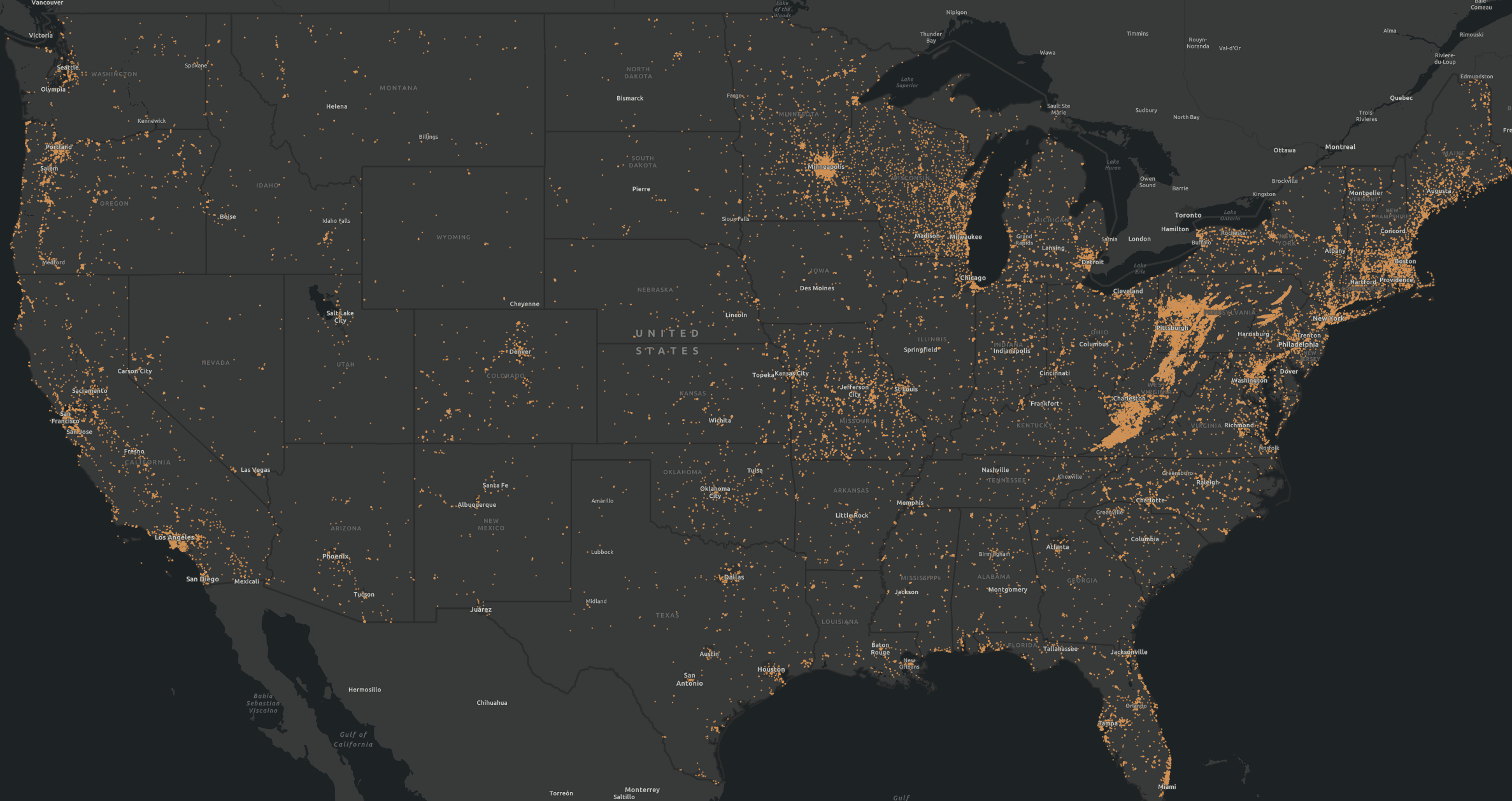
The U.S. Environmental Protection Agency’s RE-Powering Mapper is an interactive web-based mapping tool that identifies potentially contaminated sites and brownfields suitable for solar farms. In the 48 states pictured above, the EPA has prescreened 57,457 contaminated sites larger than one acre that are ideal candidates for solar. Of these, 17,725 are known brownfields, and 6,199 are landfills.
Roughly half, or 29,000 sites, are between 1 and 10 acres in size – ideal for SunFarmor solar generators. These sites alone have the capacity to accommodate 38GW of nameplate power of SunFarmor generators.
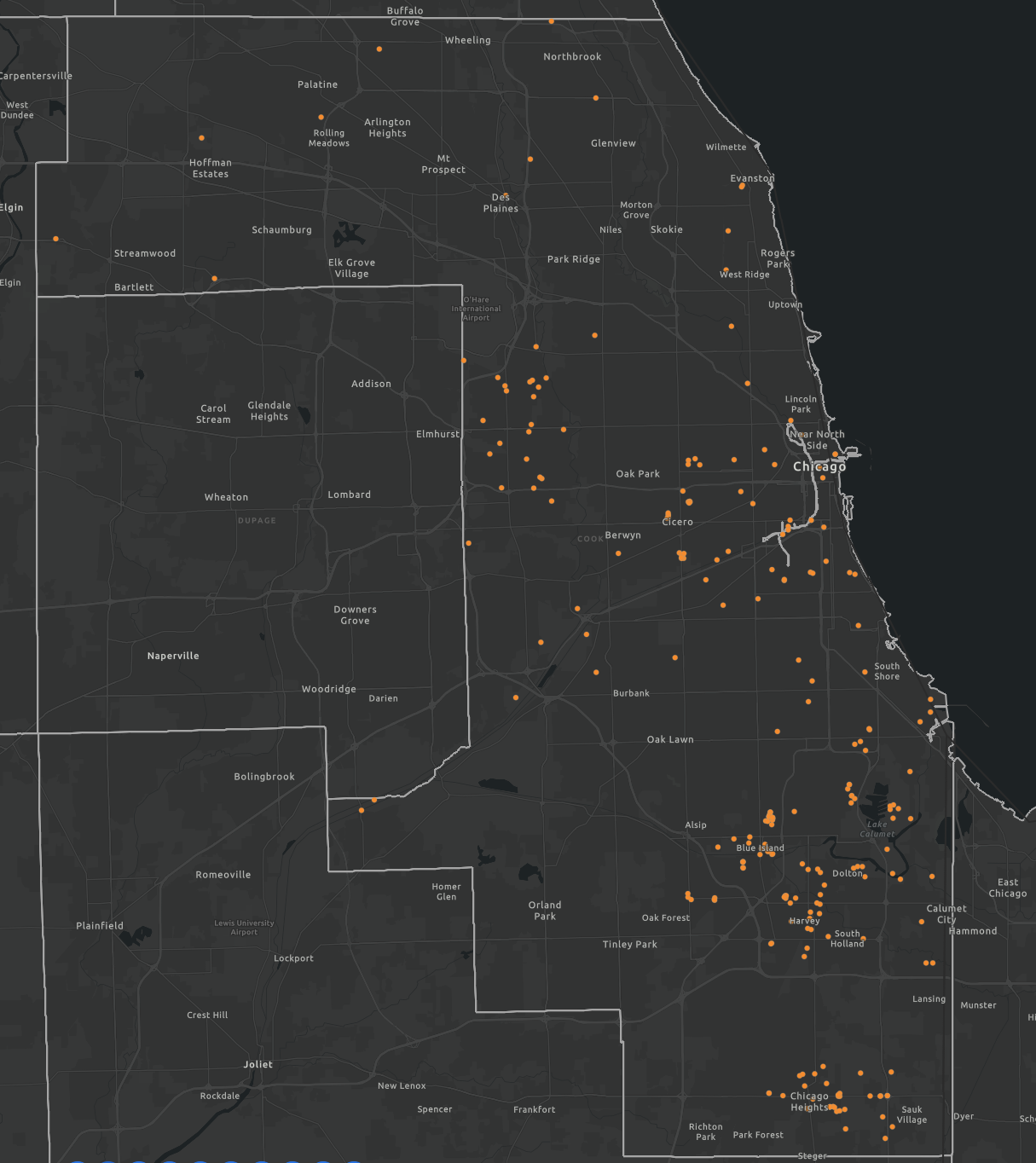
Even in urban areas, like Chicago’s Cook County pictured above, the EPA prescreened 244 contaminated sites larger than one acre for solar. Of these, 133 sites are larger than 5 acres. There are nine landfills in Cook County, all over 40 acres. Three landfills are larger than 160 acres.
Three-quarters, or 189 sites, are between 1 and 10 acres in size – ideal for SunFarmor solar generators. These sites have the capacity to accommodate 220MW of nameplate power of SunFarmor generators.
Energy Justice
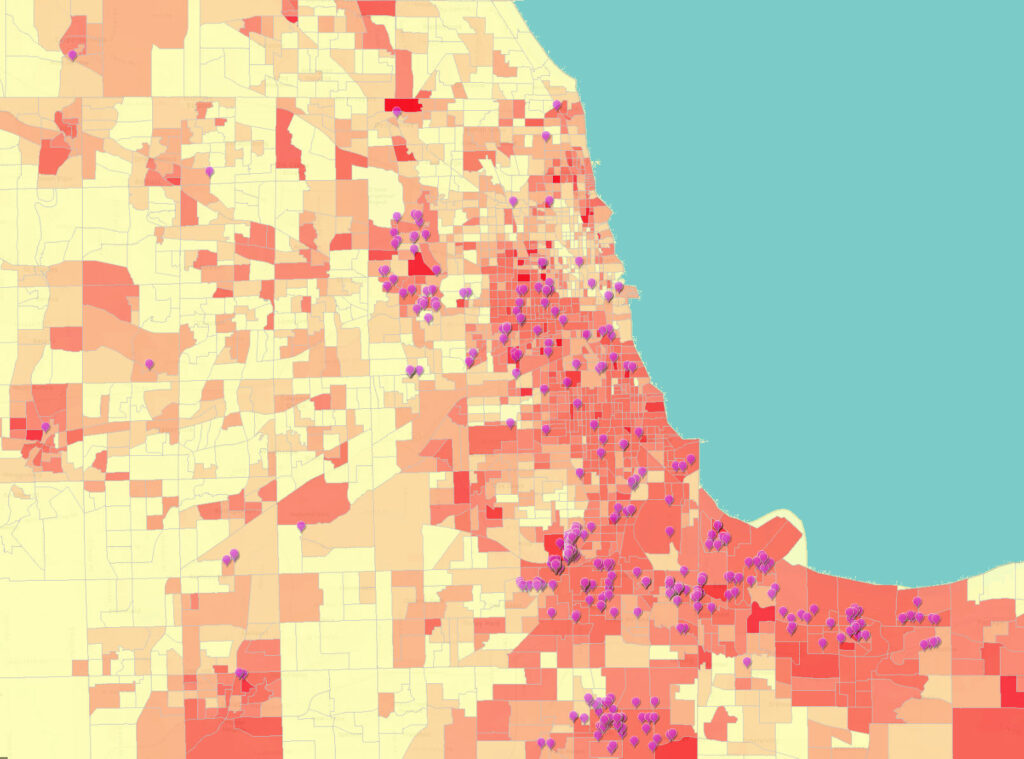
SunFarmor solar generators will maximize the benefits of affordable clean energy, job creation, environmental remediation, and resilience on urban land where externalities of the past went unpaid. Contaminated land in urban areas often strongly correlates with communities suffering from poverty. SunFarmor solar generators streamline solar for energy justice communities in the same manner as they do for rural farms – enabling them to build wealth by owning productive assets.
Kansas State University’s Technical Assistance to Brownfields Program assists cities and nonprofits with navigating the regulatory process in 4 EPA regions to reclaim contaminated lands for new solar generation.